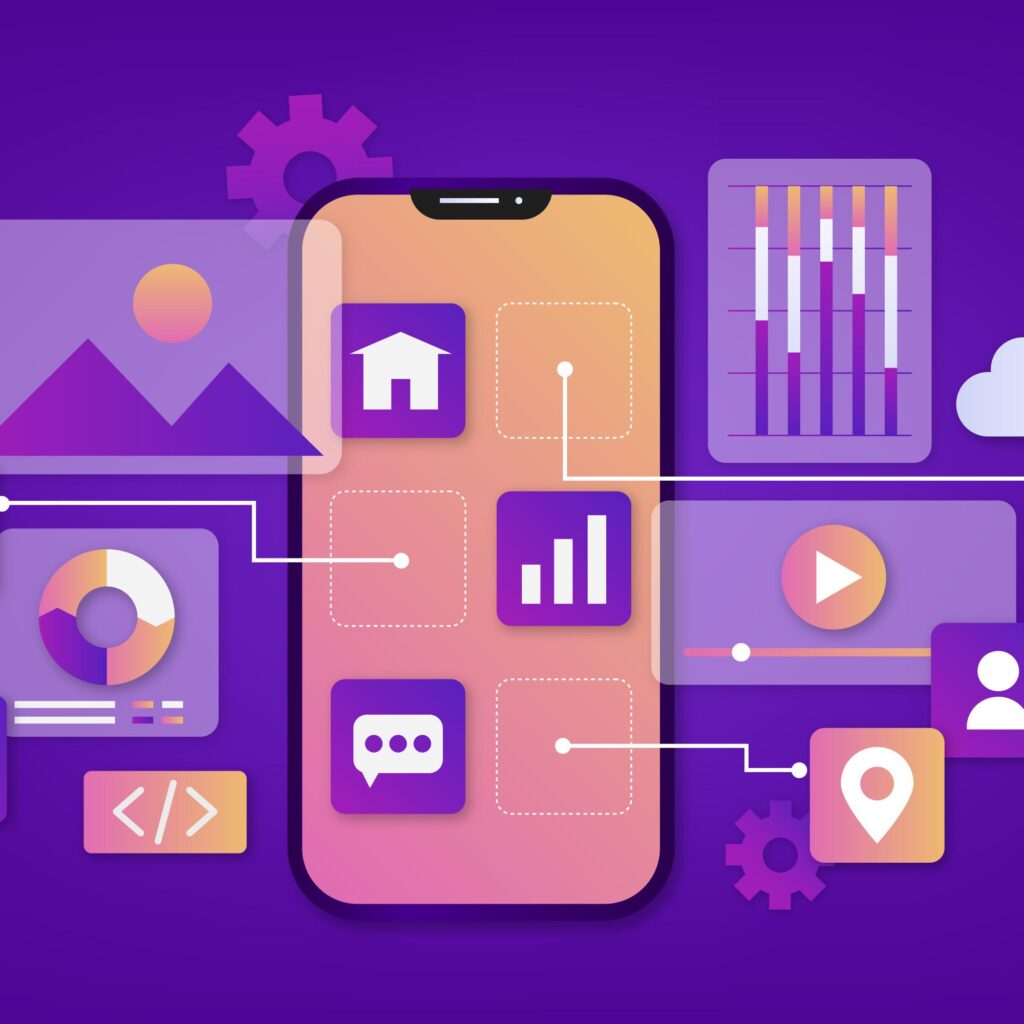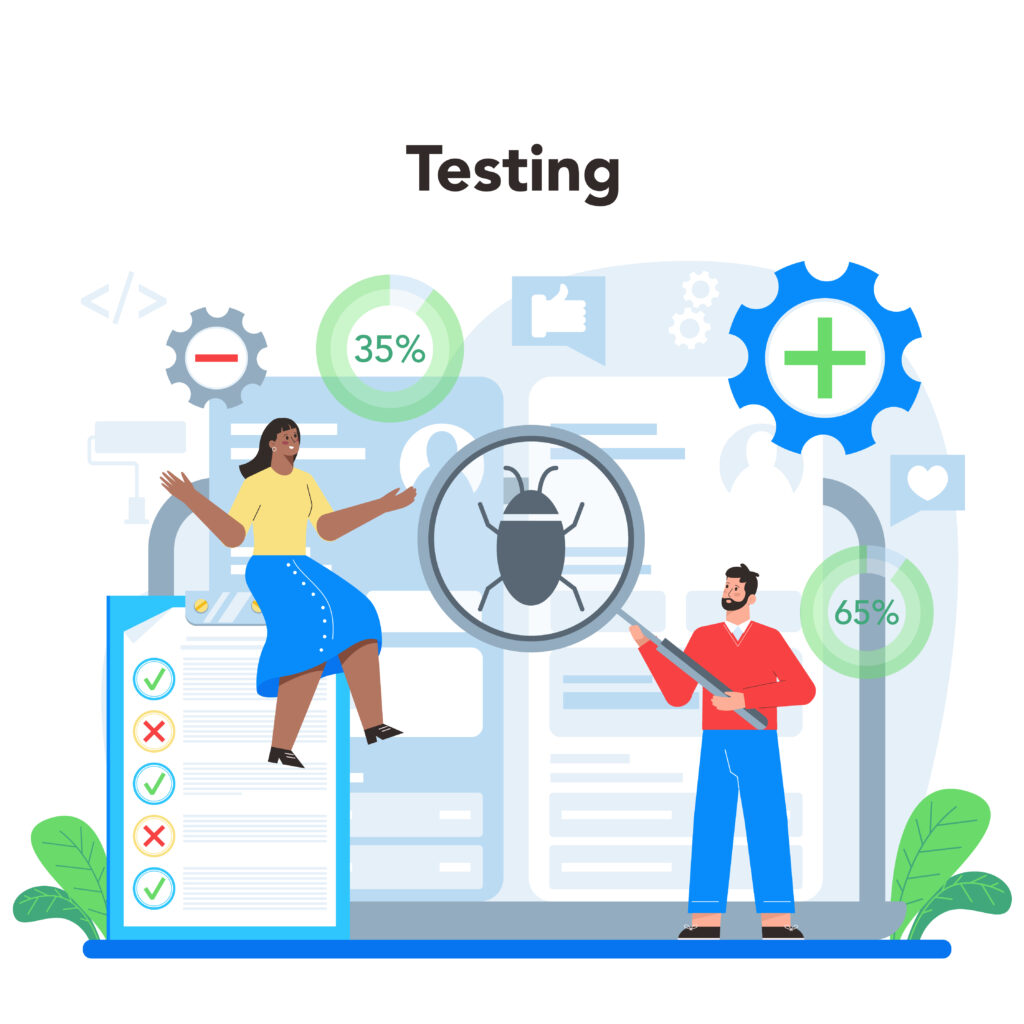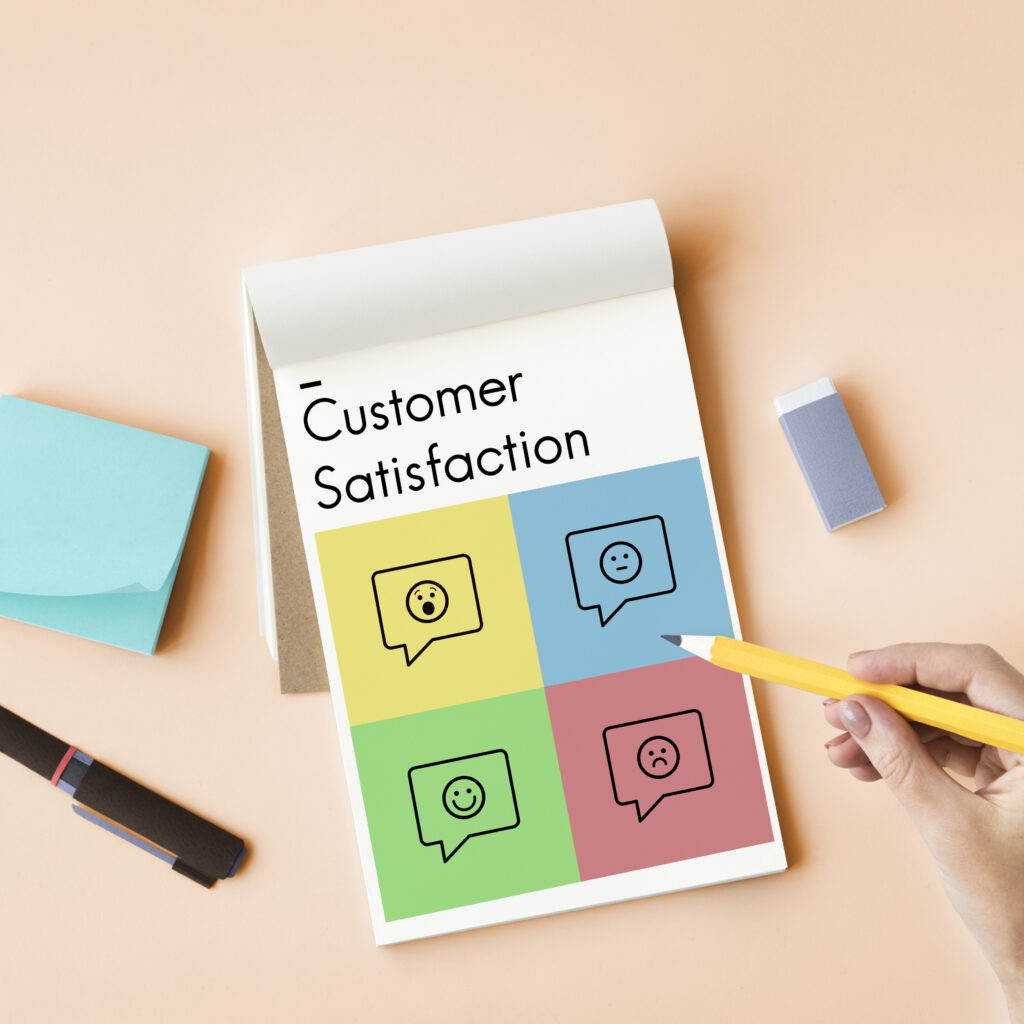In today’s rapidly evolving digital landscape, possessing strong app development skills is essential for professionals looking to excel in their careers. Whether you are an aspiring developer or an experienced practitioner, continuously enhancing your skill set is key to staying relevant and competitive. In this comprehensive guide, we will delve into actionable strategies and tips to help you improve your application development abilities and take your career to new heights. From keeping up with emerging technologies to cultivating problem-solving prowess, we’ve got you covered.
Embrace a Growth Mindset

To embark on a journey of app development skill enhancement, it is crucial to embrace a growth mindset. Recognize that learning is a lifelong process, and every challenge presents an opportunity for growth. Cultivate a positive attitude towards expanding your knowledge and pushing the boundaries of your abilities.
Stay Updated with the Latest Technologies
The application development landscape is constantly evolving, with new technologies, frameworks, and languages emerging regularly. Make it a habit to stay updated with the latest industry trends and advancements. Follow reputable blogs, industry publications, and technology forums to keep abreast of the cutting-edge tools and techniques in the field.
Engage in Continuous Learning

Building on the previous point, make continuous learning a priority in your career journey. Explore online courses, tutorials, and coding bootcamps that align with your interests and professional goals. Allocate dedicated time for self-study, and invest in your growth by acquiring new skills and expanding your knowledge base.
Practice Hands-On Coding
While theoretical knowledge is important, practical coding experience is invaluable. Actively engage in hands-on coding projects to apply your learning and strengthen your skills. Develop personal projects or collaborate with peers on open-source initiatives to gain practical experience and enhance your problem-solving abilities.
Join Developer Communities
Networking and collaboration play a significant role in app development skills. Join online developer communities, such as forums, Slack channels, or social media groups, to connect with like-minded professionals. Engage in discussions, seek advice, and share your knowledge and experiences. Collaborating with peers can expose you to diverse perspectives and help you expand your skill set.
Embrace Agile Development Methodologies
Agile methodologies, such as Scrum or Kanban, have gained significant traction in the software development industry. Familiarize yourself with these methodologies and understand their principles and practices. Agile approaches emphasize iterative development, regular feedback, and adaptive planning, resulting in more efficient and collaborative project execution.
Master Version Control Systems
Version control systems, particularly Git, are essential for efficient and collaborative development. Gain expertise in using Git, including commands for branching, merging, and resolving conflicts. Understand best practices for managing code repositories, leveraging platforms like GitHub or GitLab to showcase your projects and collaborate with others.
Enhance Problem-Solving Skills

Application development involves solving complex problems efficiently and effectively. Practice algorithmic thinking and engage in problem-solving exercises. Participate in coding competitions or solve coding challenges on platforms like LeetCode or HackerRank. Regularly challenging yourself with problem-solving exercises will sharpen your analytical thinking and enhance your problem-solving skills.
Prioritize Security Best Practices
Security is of utmost importance in application development. Stay updated with common security vulnerabilities and best practices. Implement secure coding techniques, such as input validation and proper authentication, to safeguard applications against potential threats. Regularly perform security audits to identify and address vulnerabilities.
Develop Effective Communication Skills
Effective communication is essential for successful collaboration with team members, stakeholders, and clients. Enhance your written and verbal communication skills to articulate your ideas clearly and concisely. Develop strong documentation skills to facilitate knowledge sharing and maintain effective communication channels within your team.
Adopt Test-Driven Development (TDD)
Test-driven development (TDD) is a development approach where tests are written before the actual code implementation. Adopting TDD can improve the quality and reliability of your applications. By writing tests upfront, you can define clear requirements, validate functionality, and catch potential issues early in the development process. Familiarize yourself with popular testing frameworks like JUnit or Selenium to automate the testing process and ensure robust application performance.
Expand Your Toolset
Diversify your toolkit by exploring various development tools and technologies. Experiment with different Integrated Development Environments (IDEs), code editors, debugging tools, and performance optimization tools to find the ones that best suit your workflow. Keeping an open mind and being willing to adapt to new tools and technologies will not only enhance your productivity but also demonstrate your versatility to potential employers.
Seek Feedback and Mentorship
Feedback is invaluable for personal and professional growth. Seek feedback from colleagues, mentors, or experienced professionals in the field. Their insights and guidance can help you identify areas for improvement and offer valuable advice to refine your skills. Consider finding a mentor who can provide ongoing support and guidance throughout your career journey.
Build a Strong Portfolio
A well-curated portfolio can significantly boost your career prospects. Showcase your best projects, highlighting your skills and expertise. Include descriptions, key features, and the technologies used in each project. If possible, provide links to live demos or GitHub repositories to allow potential employers or clients to assess the quality of your work.
Stay Engaged with the Developer Community
Maintain an active presence within the developer community. Attend conferences, meetups, or webinars to network with industry professionals, exchange ideas, and gain exposure to the latest industry trends. Engage in open-source projects, contribute to developer forums, or write technical blog posts to establish your credibility and visibility within the community.
Conclusion
Improving your app development skills is a continuous journey that requires dedication, commitment, and a passion for learning. By embracing continuous learning, practical experience, collaboration, and adopting best practices, you can enhance your abilities and propel your career in the dynamic field of application development. Remember to stay updated with emerging technologies, prioritize problem-solving skills, and invest in effective communication. With perseverance and a growth mindset, you can unlock new opportunities and thrive in an ever-evolving industry.


















































